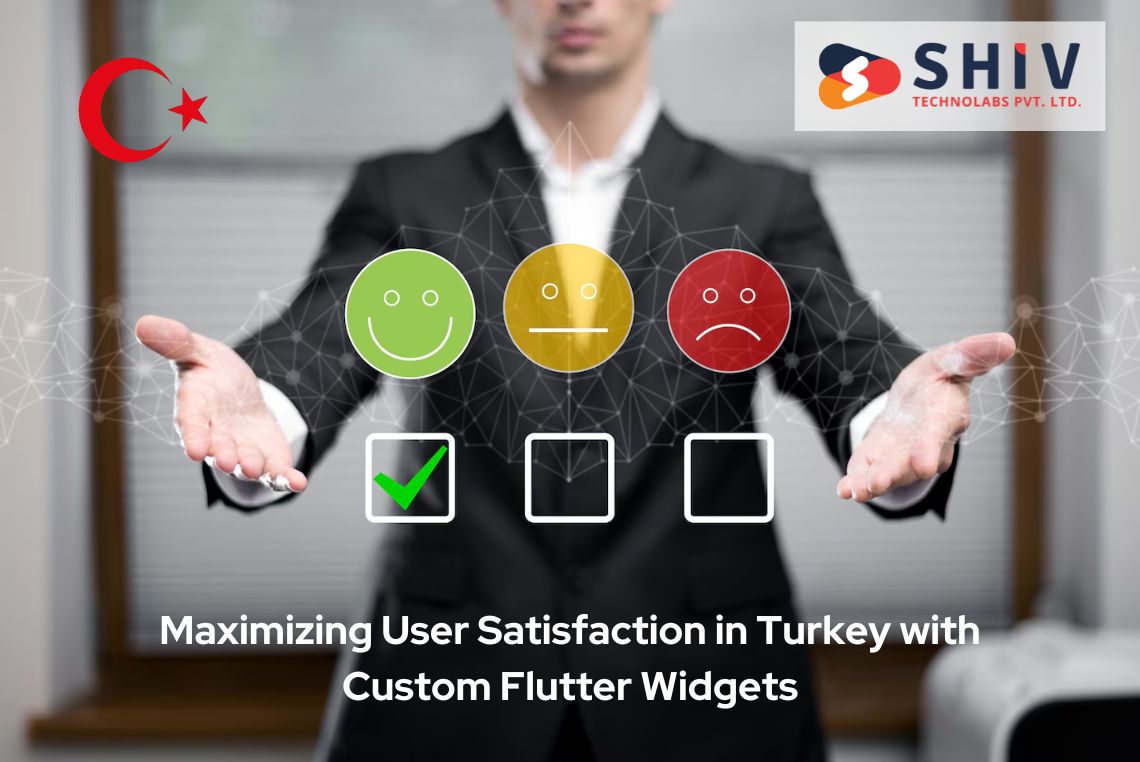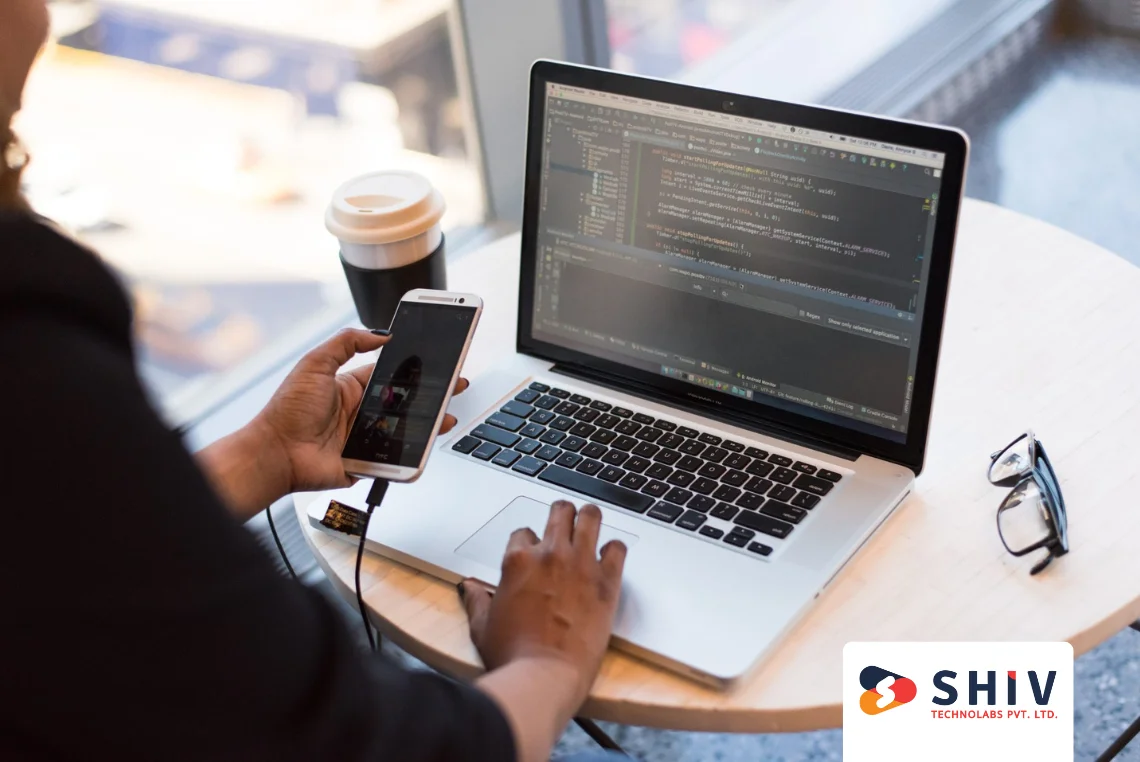Table of Contents
Creating engaging and user-friendly applications is key to standing out in Turkey’s competitive market. Flutter, a UI toolkit from Google, enables developers to build natively compiled apps for mobile, web, and desktop from a single codebase. Custom Flutter widgets are crucial for tailoring the design and functionality of your app to meet the unique needs of Turkish users. These custom widgets allow for the creation of unique and effective UI components that significantly improve user satisfaction. This article explores the principles, selection, implementation, performance optimization, and future trends of custom Flutter widgets, helping Turkish developers enhance user satisfaction through innovative Flutter development services. Partnering with a leading Flutter app development company in Turkey can further ensure the successful implementation of these custom solutions.
Key Principles of Effective Custom Flutter Widgets
Creating custom Flutter widgets requires adherence to key principles to maximize user satisfaction. Usability and accessibility are crucial, ensuring all users can navigate and interact with the app easily. Design consistency across the app is essential, providing a seamless and intuitive experience. Additionally, following platform guidelines helps maintain a familiar look and feel, enhancing usability. Integrating these principles into your Flutter app development process can lead to higher user engagement and satisfaction.
# Usability and Accessibility Considerations
Custom Flutter widgets should create intuitive and easy-to-navigate interfaces. Design widgets to facilitate user tasks with minimal effort. Accessibility considerations include providing alternative text for images, ensuring sufficient color contrast, and enabling screen reader support. These practices make the app usable for people with disabilities, broadening its reach in Turkey.
# Design Consistency and Platform Guidelines
Ensure all parts of the app look and feel consistent by adhering to platform guidelines such as Material Design for Android or Cupertino for iOS, familiar to Turkish users. Consistency reduces the learning curve for new users and increases overall satisfaction.
# Importance of Localization and Cultural Relevance in Turkey
Localization involves adapting the app to the Turkish language and cultural context. This can include translating text, using local date and time formats, and incorporating culturally relevant images and icons. Custom widgets that reflect Turkish culture make the app more relatable and engaging for users.
Choosing the Right Widgets for Your Turkish App

Selecting the right widgets for your Flutter app is crucial to meeting the specific needs of Turkish users. Understand user preferences, evaluate performance metrics, and ensure the chosen widgets align with local design trends. Carefully selecting widgets helps create apps that resonate with users and perform efficiently in the Turkish market.
# Understanding the Specific Needs of Turkish Users
To choose the right widgets, understand the preferences and behaviors of Turkish users. Insights into how users interact with apps in Turkey can guide the selection of widgets that enhance usability and satisfaction.
# Evaluating Performance and Efficiency Metrics
Performance is critical to maintaining a smooth and responsive app experience. Evaluate widgets based on their impact on app performance, including load times, responsiveness, and resource usage. Efficient widgets contribute to a faster, more enjoyable user experience.
# Selecting Widgets that Align with Turkish Design Preferences
Consider local aesthetics, color schemes, and design elements that appeal to Turkish users. Custom widgets incorporating these elements create a visually appealing and culturally relevant app.
Implementing Custom Widgets: Best Practices for Turkish Developers

Implementing custom widgets effectively involves following best practices to ensure high-quality, maintainable code. This includes leveraging Flutter’s powerful features, integrating with existing UI components, and ensuring compatibility with various devices and networks in Turkey. Adhering to these practices results in robust and reliable apps that meet Turkish users’ needs.
# Techniques for Creating Custom Widgets in Flutter
Create custom widgets using Dart programming language and Flutter’s rich widget library. Build reusable components by extending existing widgets or composing multiple widgets. This modular approach simplifies maintenance and enhances flexibility.
# Integration with Existing UI Components and Libraries
Custom widgets should seamlessly integrate with existing UI components and third-party libraries. This ensures consistency across the app and allows developers to leverage pre-built solutions for common tasks, saving time and reducing development complexity.
# Ensuring Compatibility with Turkish Mobile Devices and Networks
Compatibility is essential to delivering a consistent experience across different devices and network conditions in Turkey. Test custom widgets on various devices, screen sizes, and network speeds to ensure optimal performance. This helps identify and address potential issues early.
Optimizing Performance of Custom Flutter Widgets
Optimizing the performance of custom Flutter widgets is crucial for maintaining a smooth and responsive app experience. Employ strategies to enhance efficiency, utilize tools for debugging and optimization, and address common performance issues. Effective optimization significantly improves user satisfaction in Turkey.
# Strategies for Maintaining Smooth Performance
To maintain smooth performance, minimize widget rebuilds, use efficient state management techniques, and avoid unnecessary computations. Lazy loading, where widgets are loaded only when needed, can also improve performance. These strategies help deliver a responsive app experience.
# Tools and Techniques for Debugging and Optimization
Flutter provides various tools for debugging and optimization, such as Flutter DevTools, which offer insights into widget performance, memory usage, and rendering times. Profiling the app during development helps identify bottlenecks and optimize code accordingly.
# Addressing Common Performance Issues in the Turkish Context
Common performance issues may include slow load times, janky animations, and high memory usage. Focus on optimizing these areas by reducing asset sizes, optimizing images, and using efficient data structures. Addressing these issues leads to a smoother user experience.
Also read : Advancing Mobile Apps: Key Flutter UI/UX Design Trends in USA
Enhancing User Engagement with Custom Animations and Interactions
Custom animations and interactions play a vital role in enhancing user engagement. They make the app more interactive and enjoyable, contributing to a better overall experience. In Turkey, where user engagement is crucial for app success, leveraging these elements can make a significant difference.
# Creating Dynamic and Interactive Experiences
Dynamic and interactive experiences involve using animations to guide users through the app and provide visual feedback. Flutter’s animation library allows developers to create smooth and engaging animations, such as transitions, micro-interactions, and animated icons that enhance the user experience.
# Using Animations to Improve User Experience
Animations can improve user experience by making the app more intuitive and visually appealing. They can highlight important actions, indicate progress, and provide feedback on user interactions. Well-designed animations make the app feel more responsive and enjoyable to use.
# Examples of Engaging Animations Popular Among Turkish Users
Popular animations among Turkish users may include animated splash screens, interactive buttons, and engaging loading indicators. These elements capture users’ attention and provide a more immersive experience. Incorporating such animations increases user engagement.
Future Trends and Innovations in Custom Flutter Widgets
The future of custom Flutter widgets looks promising, with emerging technologies and trends shaping the development landscape. Staying ahead of these trends helps Turkish developers create innovative and cutting-edge apps that meet evolving user expectations.
# Emerging Technologies Influencing Widget Development
Emerging technologies such as augmented reality (AR), virtual reality (VR), and machine learning (ML) are influencing widget development. These technologies enable developers to create more immersive and intelligent widgets that enhance user experience.
# Predictions for the Future of Custom Widgets in Turkey
In Turkey, the demand for highly personalized and culturally relevant apps is expected to grow. Custom widgets that cater to these needs will become increasingly important. Developers should focus on creating widgets that offer a unique and tailored experience for Turkish users.
# How Turkish Developers Can Stay Ahead of the Curve
To stay ahead of the curve, Turkish developers should continuously explore new technologies, participate in Flutter communities, and keep up with industry trends. Investing in skill development and staying updated with the latest advancements helps developers maintain a competitive edge.
Conclusion
Maximizing user satisfaction in Turkey involves creating custom Flutter widgets that are user-friendly, culturally relevant, and optimized for performance. By adhering to key principles, selecting the right widgets, implementing best practices, and staying ahead of future trends, developers can deliver exceptional app experiences. Shiv Technolabs, a leading Flutter app development company in Turkey, offers comprehensive Flutter development services, including Flutter for web development. Our expertise in custom Flutter widgets ensures that your app stands out and provides unparalleled user satisfaction. Partner with us to take your app to the next level and delight your Turkish users with exceptional experiences.



















